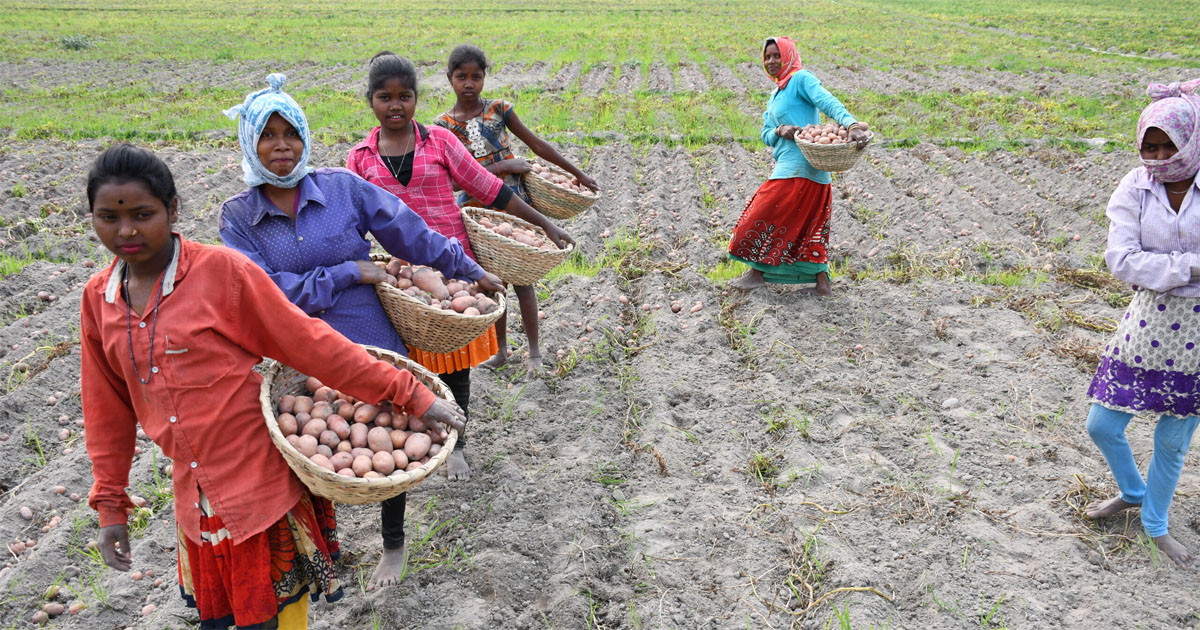Within tree species, phenotypic variation is common and this can affect a species’ domestication. This study was therefore conducted to assess the phenotypic variation in Trichoscypha acuminata fruits in three populations (Nkenglikok, Ndengue and Nkoemvone) in the humid forest zone of Cameroon in view of understanding its selection potential for domestication. A total of 1080 fruits were collected for assessment from 45 trees. The measured traits were fruit diameter (FD), pulp thickness (PT), fruit mass (FM), seed mass (SM), pulp+shell mass (PM+Shell) and germination percentage. Data were analyzed using an ANOVA. Means were separated using Least Significant Difference (LSD) (p=5%). The results showed that significant (p < 0.05) variation was recorded in FM, PM+Shell, PT, FD, SM, and germination percentage between populations and trees. Nkenglikok seeds scored the best phenotypes including germination compared to the Nkoemvone and Ndengue seeds. The five trees with superior traits for selection (based on PM+Shell, the must usable part) were numbers TA/NK/6, TA/NK/14, TA/NK/12, TA/NK/10 and TA/NK/18. There were correlations between fruit traits on the one hand; and seed germination percentage and FD, SM, and PT on the other. We can conclude that there is phenotypic variation between trees of T. acuminata in terms of FM, FD, PM+Shell, SM, and germination percentage. The study's results can guide for future selection of targeted T. acuminata trees for domestication purposes.
DOI:
https://doi.org/10.1016/j.sciaf.2019.e00235
Altmetric score:
Dimensions Citation Count:
























